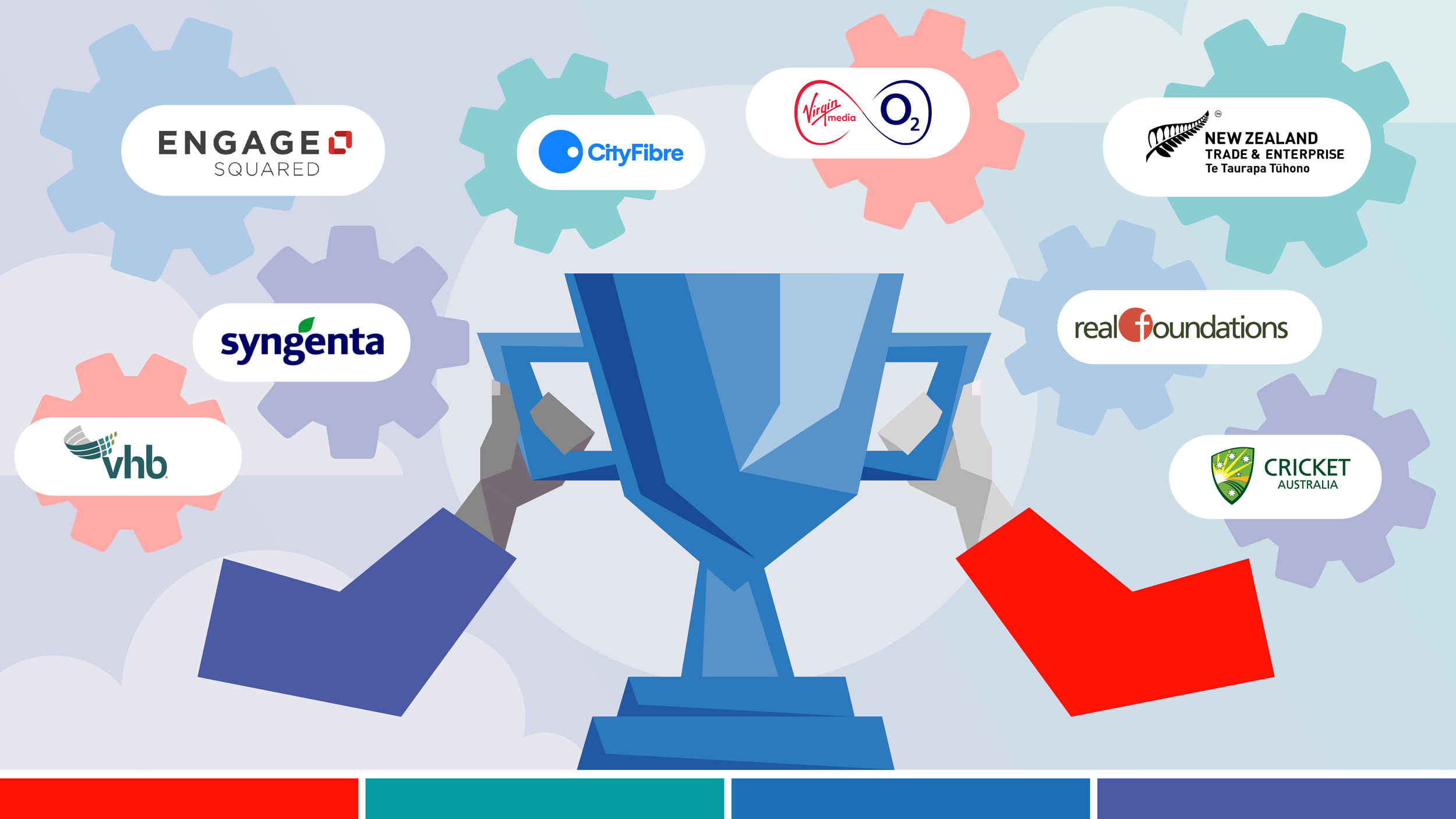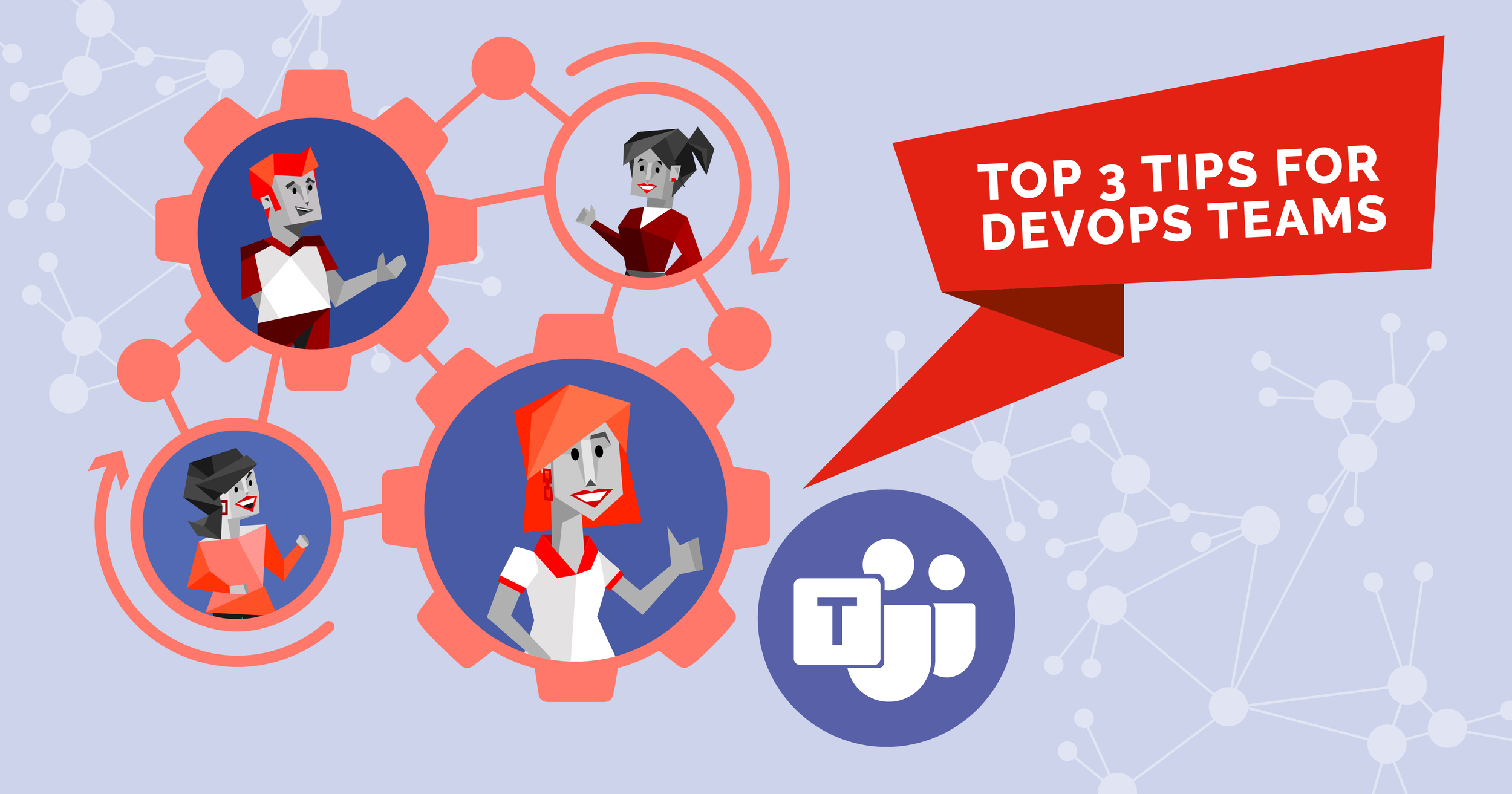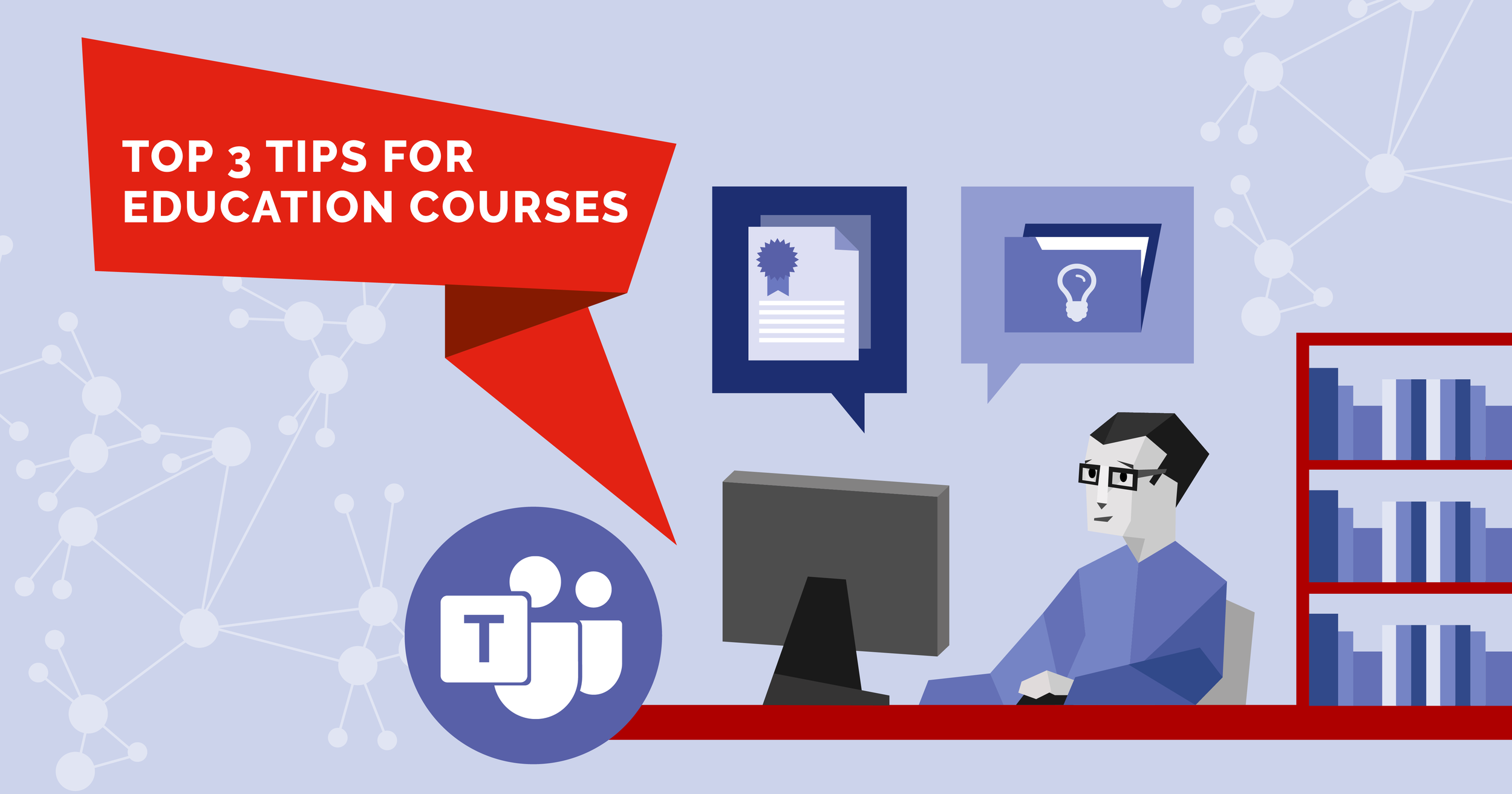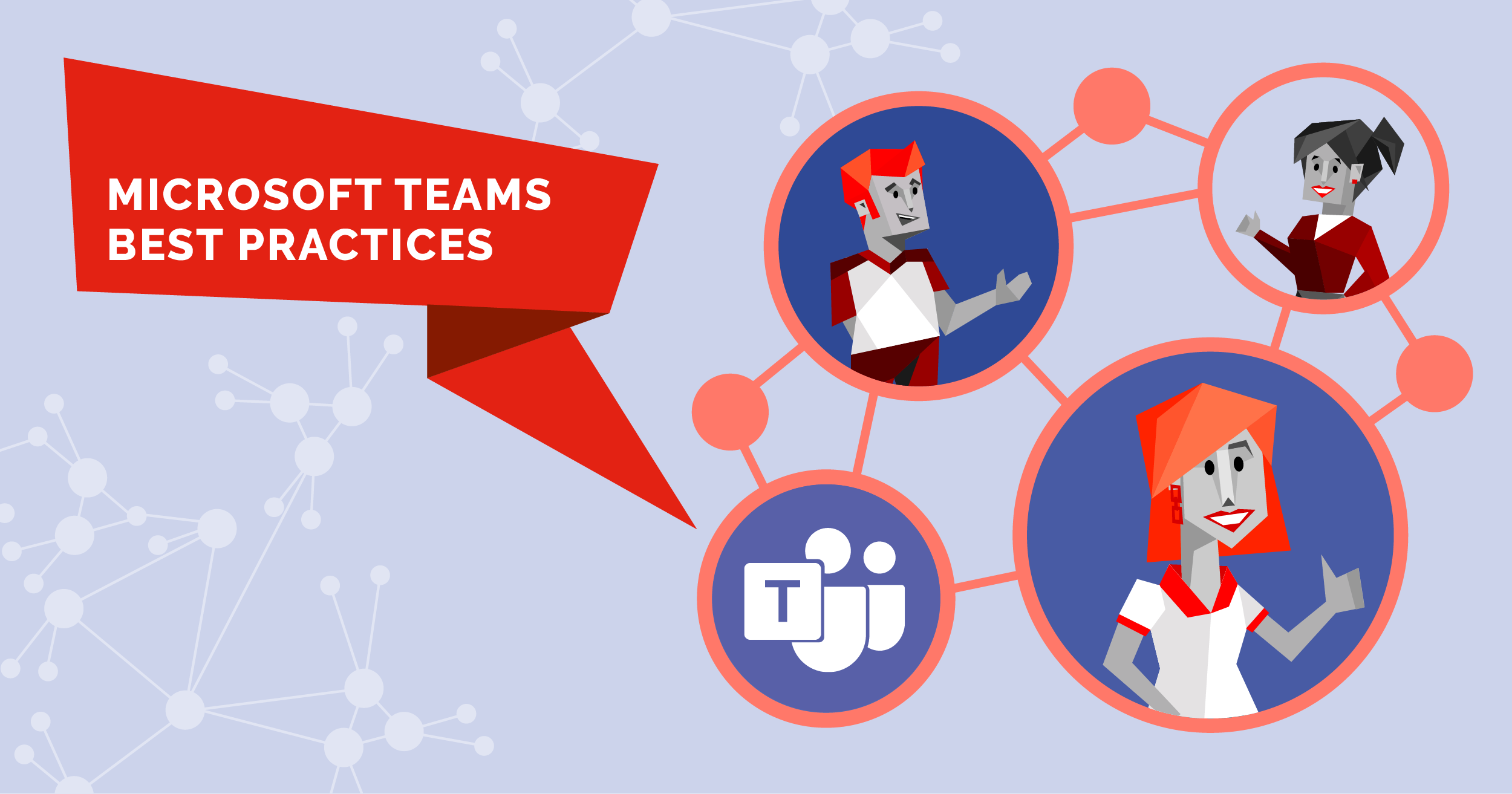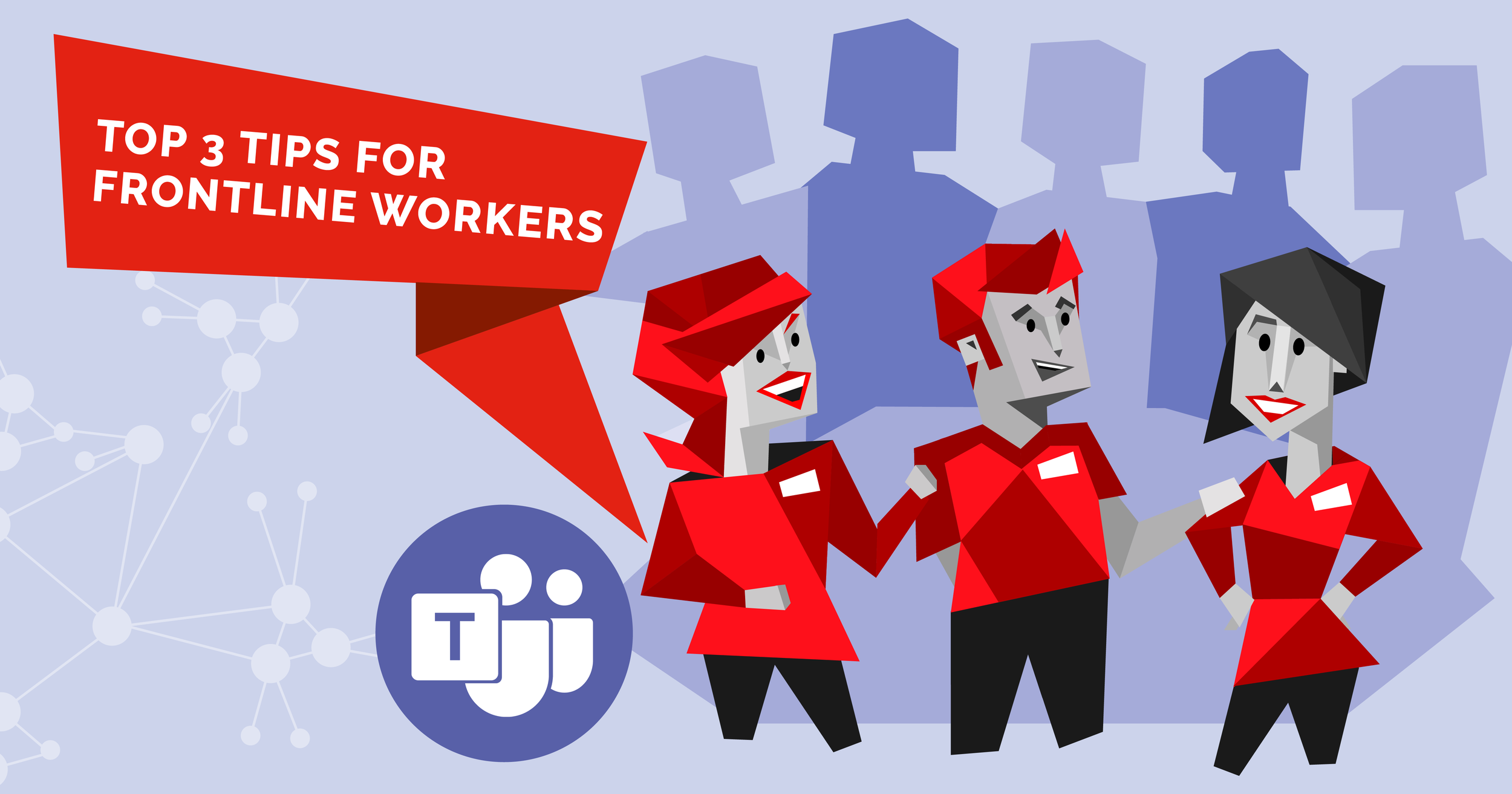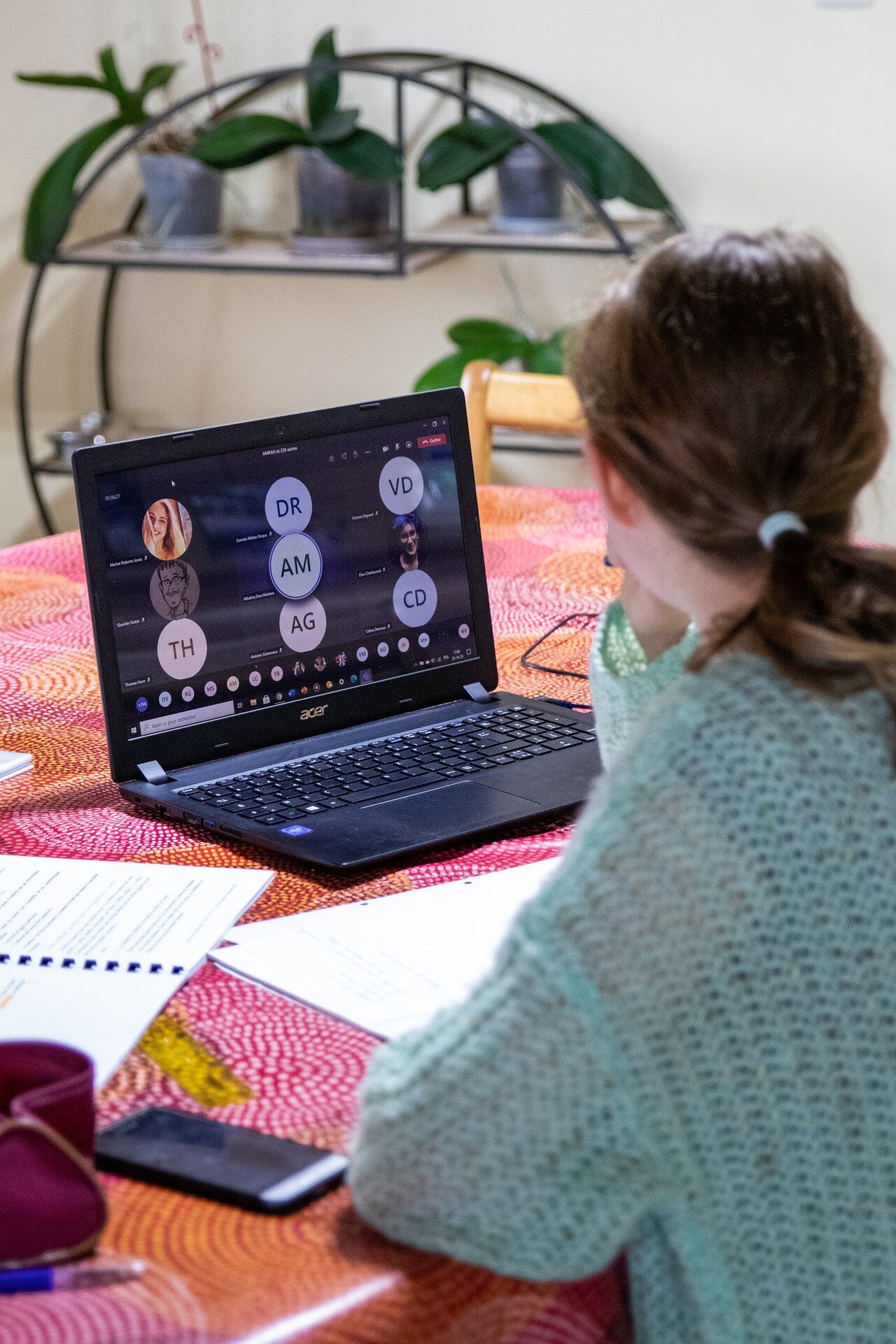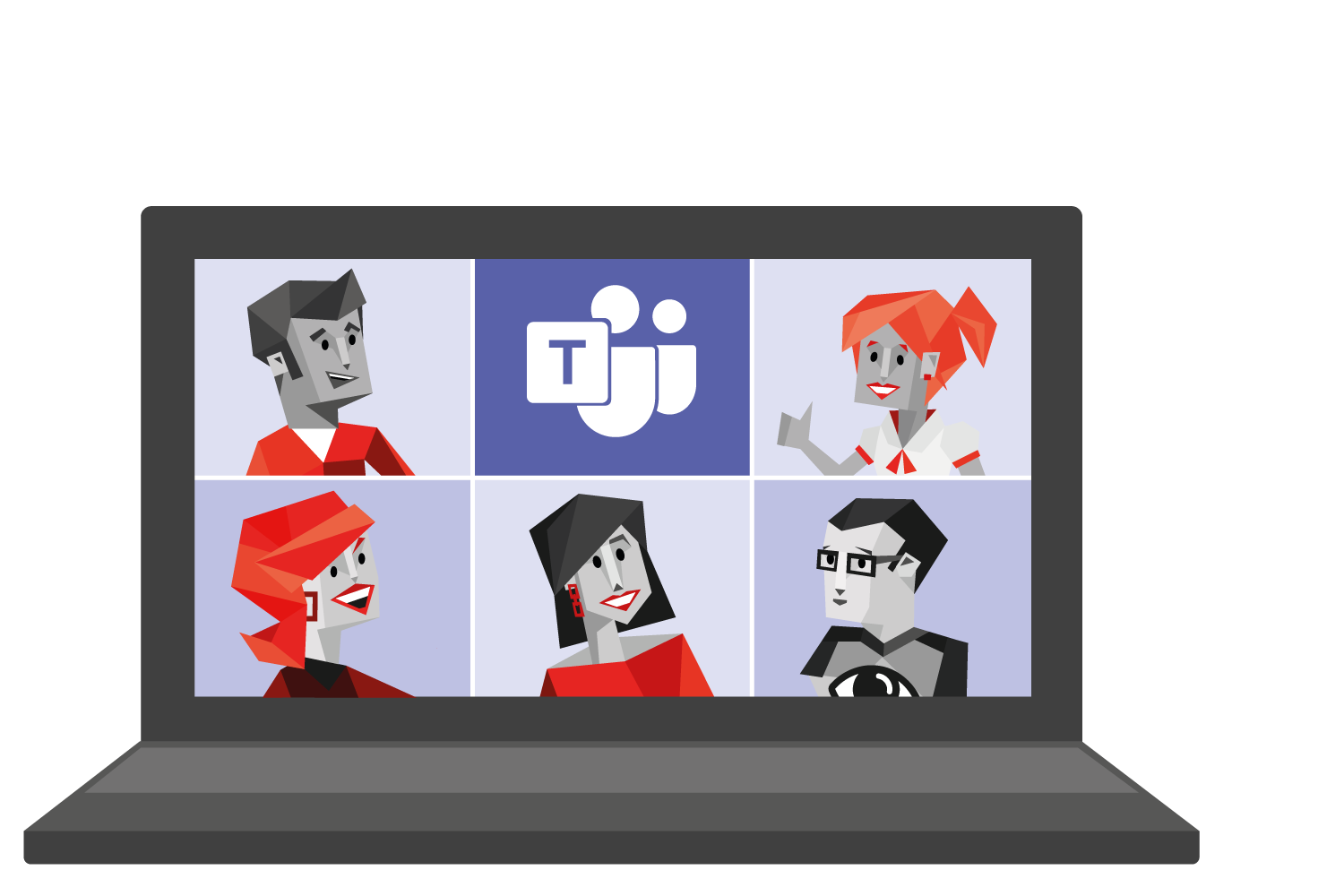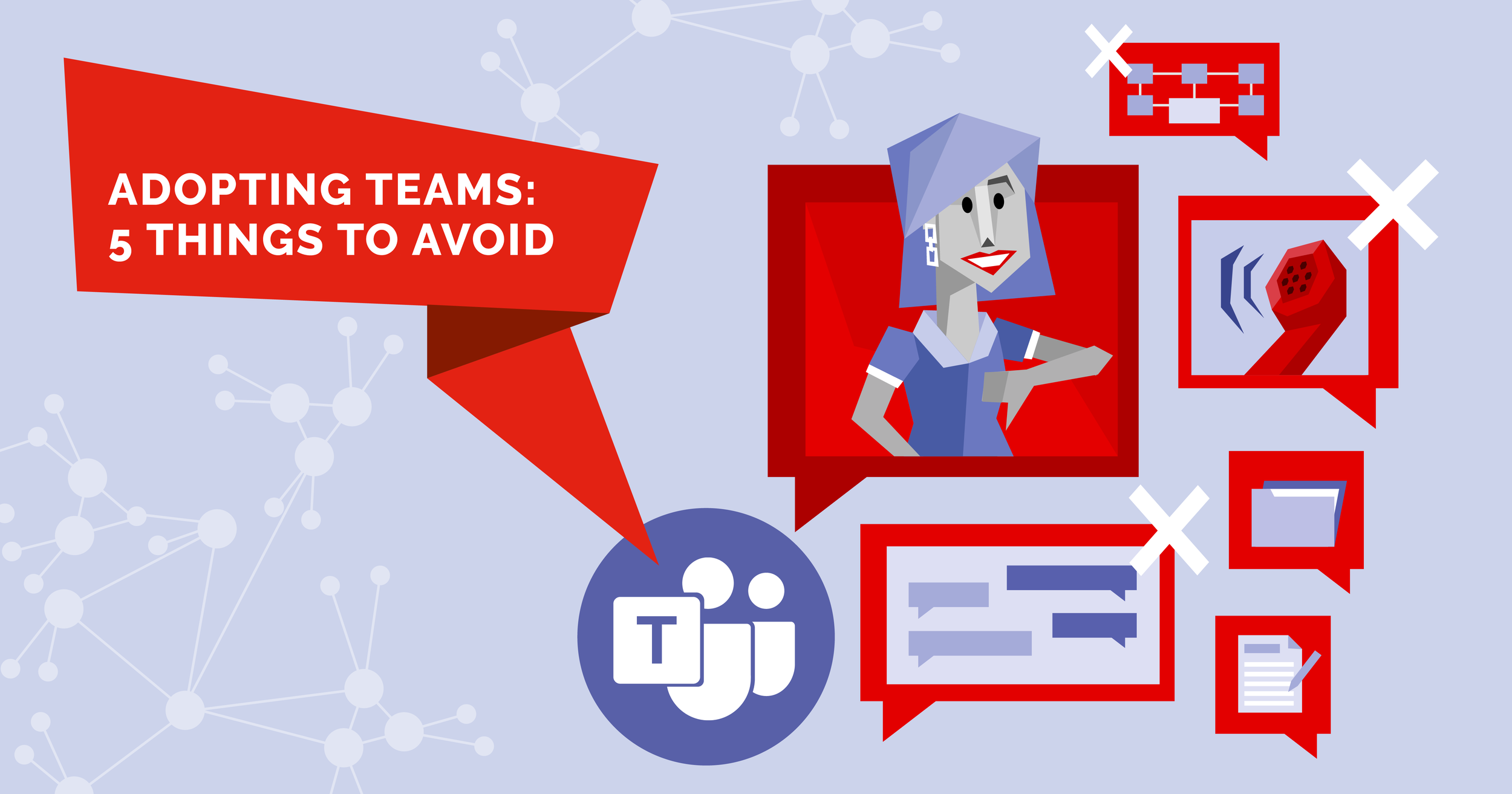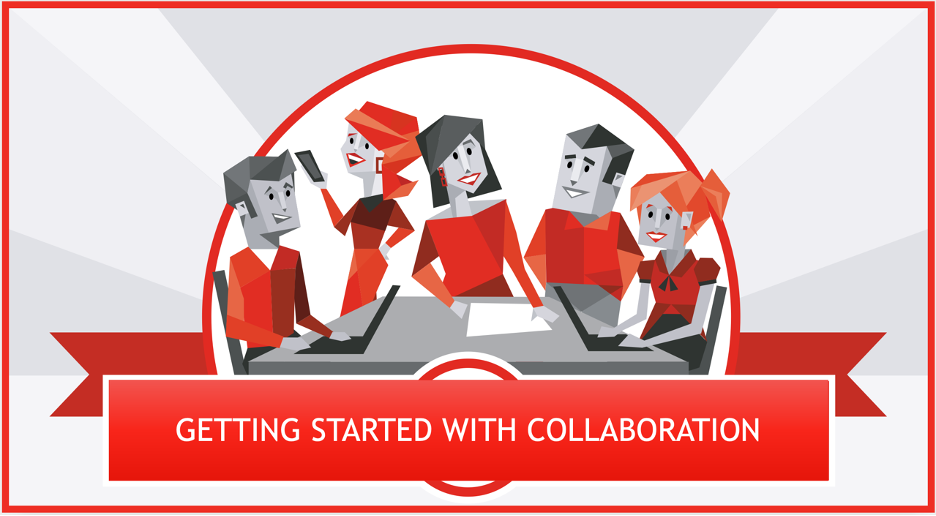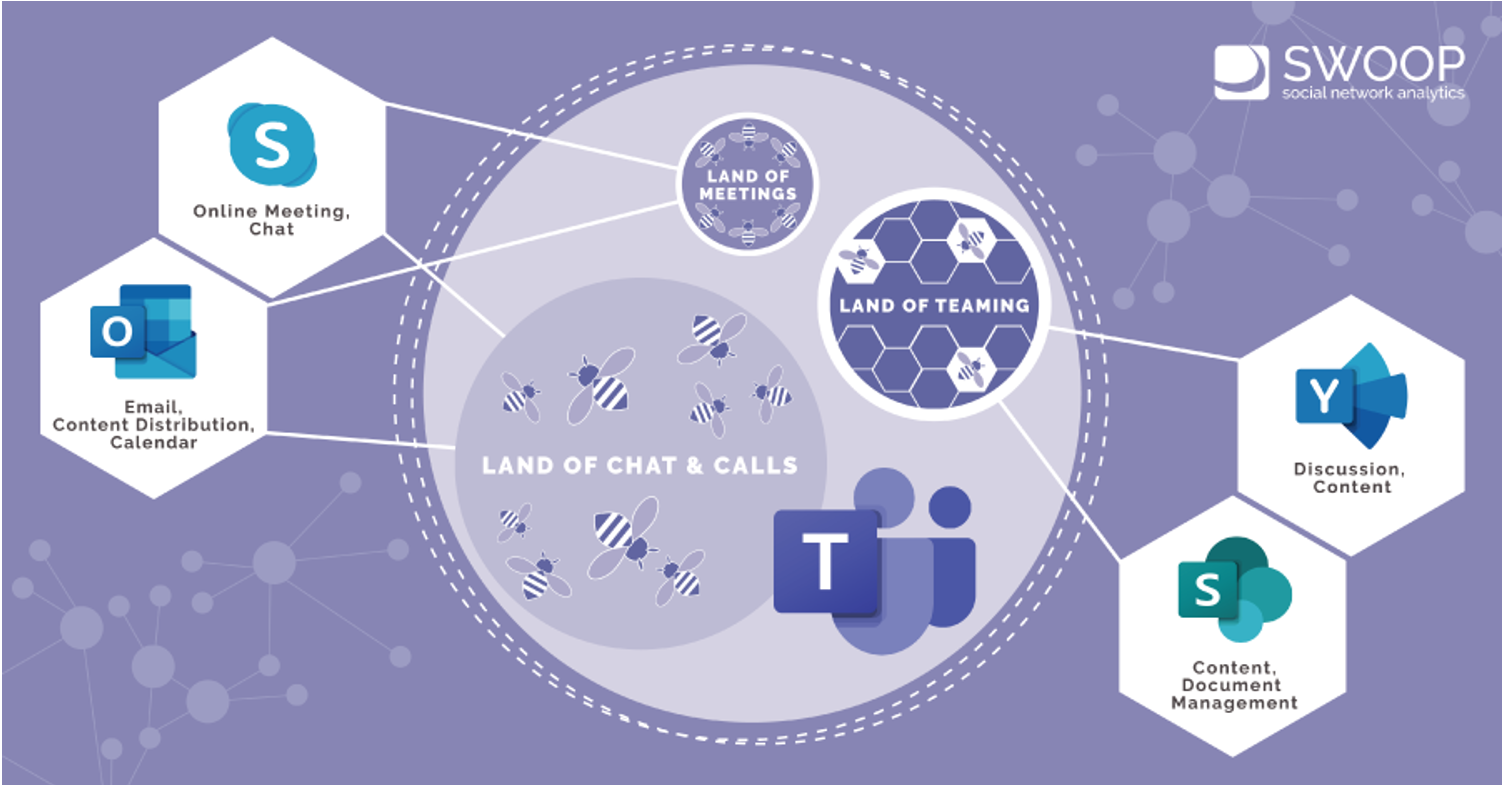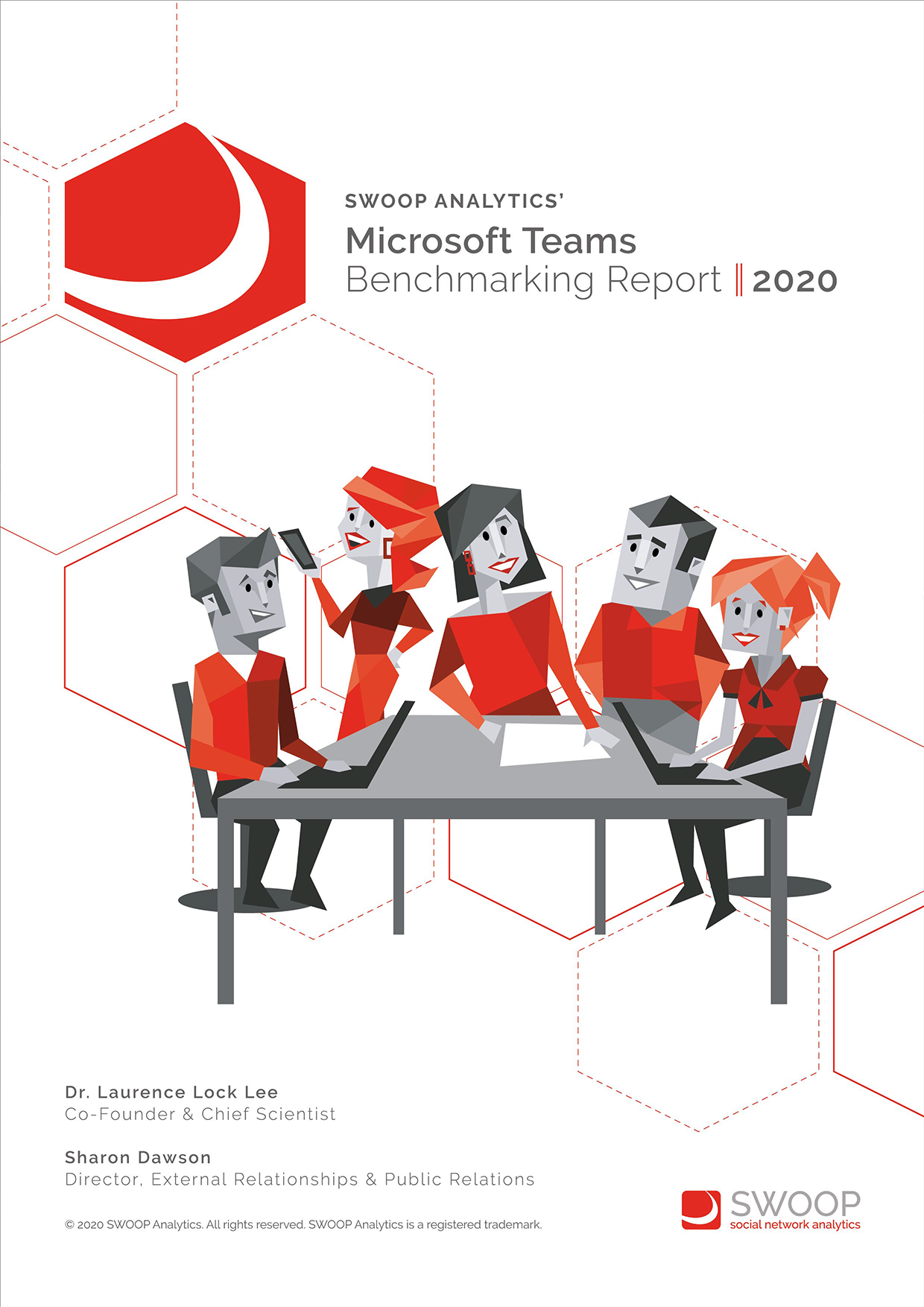
Download: BENCHMARKING REPORT
Teams Benchmarking Report 2020
In this world-first benchmarking of Microsoft Teams, we show you what high performing teams look like, show you worst practices in Teams and how to avoid them and share best practices from customer case studies.
Read more from SWOOP on Microsoft Teams
If you’re working in the Microsoft 365 ecosystem, chances are you’ve been asked why you need Viva Engage when you’re already using Microsoft Teams.
Couldn’t you just have a large team on Microsoft Teams and eliminate the need to switch between the two platforms?
We look at the physical, as well as the digital, needs of successful hybrid work. It’s time to turn your office space into a collaboration, or gathering, space so your employees want to return to the physical workplace, but not fulltime.
Do you question why Viva Engage is needed when you could just have a large team on Microsoft Teams and eliminate the need to switch between the two platforms?
UK telco Virgin Media O2 tells how it uses M365 tools to give frontline workers a voice, reaching all the way to the CEO and resulting in company-wide changes.
Overwhelmed with the amount of documentation and conversation in Microsoft Teams chat, teams at New Zealand Trade and Enterprise made the conscious decision to create Microsoft Teams channels to centralise their work.
Imagine being an English-speaking software developer tasked with creating an app completely in Japanese, while living in New Zealand.
That’s exactly what Engage Squared manged to achieve by working collaboratively in Microsoft Teams.
We love to share case studies showcasing best practice so you can learn from the best. Let’s face it, best practice starts with better practice and it’s arguably just as important to show how better practice is the first step to achieving best practice.
If you want to learn how to successfully work in Microsoft Teams, and say goodbye to email - this is the story for you!
Keen to cut back on time spent in online meetings?
By working out loud in Microsoft Teams, and adopting some basic housekeeping guidelines, Dutch management consulting company OrangeTrail is saving hundreds of hours on unnecessary meetings.
There are two keys to digital information consultancy Carpool’s success working in Microsoft Teams – create a new team only when it’s related to a new client and STOP HAVING SO MANY MEETINGS!
The world’s No.1 ranked team on Microsoft Teams doesn’t meet face-to-face, or even in virtual meetings. All work is done asynchronously in Teams channels.
Learn the secrets to becoming one of the best digital teams in the world.
Imagine migrating your organisation’s entire knowledge base onto Microsoft Teams.
Digital workplace consultancy Talk Social To Me took the leap and moved everything to Teams when the COVID-19 pandemic hit. They employed a formula for a seamless transition and they’re now reaping the rewards with a transparent way of working on their digital platform.
Working out loud in places like Microsoft Teams means you need to stop and think about what you’re going to share. Is it important? What are you saying or asking?
Stopping to think about what you want to say on a digital platform is part of the digital disruption happening at RealFoundations, a world leader in digital collaboration.
When the COVID-19 pandemic forced the world into lockdown, among the hardest hit was the tertiary education sector with campuses forced to close and many international students unable to enter the country of their university, leaving little option but to move learning online.
At Australia’s Griffith University, online learning was embraced, using Microsoft Teams for conversation and asynchronous learning.
There is a simple reason New Zealand Post’s No.1 ranked team on Microsoft Teams was established – to replace email.
Learn what makes an awesome team on Microsoft Teams.
Engage Squared’s aptly named Team Awesome has never met face to face yet they work together and collaborate every day on a digital platform, building trust and psychological safety online.
It’s not just the players on the field who are part of Australian cricket’s best teams. Behind the scenes is a technology leadership team that takes out the title of Cricket Australia’s No.1 performing team on its nation-wide Microsoft Teams network.
One of the world’s largest health insurers, Humana, uses Microsoft Teams to collaborate and create trust across the organisation, while providing the best care for its millions of members.
Email is where knowledge goes to die. Other than rifling through the history of those who were included in the email chain, where was this knowledge shared? This was the concern for RealFoundations CEO Chris Shaida a decade ago.
Jeff Ross and Nick Wallander, online Community Managers at Humana, share their journey engaging 43,000+ employees on Yammer and Microsoft Teams during COVID-19.
Learn how RACQ is using Yammer and Microsoft Teams to connect employees during COVID-19 and how they will transition back to the "new normal".
Twice a year, RealFoundations uses SWOOP Analytics to benchmark its employees, as an opportunity to see how they are collaborating on Microsoft Teams and Yammer.
SWOOP customers share their best practices for when to use Microsoft Teams and when to use Yammer.
There was one common thread amongst all the teams and departments that ranked at the top of SWOOP Analytics’ 2023 M365 & Microsoft Teams benchmarking analysis - they had all made the decision to work together in the same way on their digital platform.
If you have more than 10 people in your team on Microsoft Teams, there’s every chance your “team” should be a “community” in Yammer.
We’ll help you determine where a group should be hosted - Yammer or Teams - and how to migrate between the two.
Top 3 tips from the experts when using Microsoft Teams for IT/DevOps teams:
Create house rules, plan how you’ll use Microsoft Teams
2. Commit to working out loud
3. Use DevOps tools in Teams
Why should I use Microsoft Teams?
It can be used as a hub for all your day-to-day work but is this enough to convince you?
Top tip & tricks for teachers using Microsoft Teams
Make it interactive
Start with the user experience, don’t just replicate a real-life classroom
Use asynchronous Q&A sessions for classes
There are huge opportunities for most companies using Teams to change their collaboration for the better. Here’s how to take advantage.
3 tips to use Microsoft Teams with Frontline Workers
Use threaded conversations for shift workers and handovers
Frame messages for the frontline
Trust your workers
Remote workers are less productive when working from home. That’s the conclusion from an international study but what about measuring asynchronous work?
We share the top 3 tips for Project Managers using Microsoft Teams.
We outline the 7 deadly sins of digital working.
The pandemic changed work forever. Here’s how to use Microsoft Teams effectively and transform the way your teams collaborate.
5 things you must avoid when using Microsoft Teams.
The world’s experts in Microsoft Teams share their top tips for you to get he most from the digital platform.
Italian government Regione Emilia Romagna boasts one of the world’s most productive teams in Microsoft Teams, according to SWOOP Analytics’ analysis of almost 100,000 teams. Learn what makes it so successful.
Key insights from our 2021 Microsoft Teams Benchmarking Report presented as an infographic.
We think somewhere in your organisation you have teams that showcase what digital transformation is all about. Do you know who or where they are?
SWOOP Analytics will identify them for you.
Does a conversation on Microsoft Teams have a longer or shorter life span than a conversation in Yammer?
We look to bees to see the importance of productivity when it comes to a tool like Microsoft Teams.
Those of you struggling with working from home (WFH) may have some doubts about this, but bear with me. If I asked you “who is in your team?” could you answer easily? Or would your answer be “well that depends ... do you mean our whole department? The people I work with the most? Which team do you mean? I’m on multiple teams.”
Jeff Ross and Nick Wallander, online Community Managers at US health insurer Humana, share their journey engaging 43,000+ employees and 24,000+ contractors on Yammer and Microsoft Teams, especially during the COVID-19 work from home environment.
Learn how one of Australia’s largest member organisations, providing roadside assistance, insurance, banking and more, is using Microsoft Teams and Yammer to keep employees connected with leaders during the COVID-19 work from home environment.
Picture it now. The head of IT security has just been informed the whole company is moving to Working from Home (WFH) over the next week. All of a sudden, Microsoft Teams or Zoom or Webex or Slack (or put your favoured collaboration tool here), has to be rolled out post haste.
Have you ever wanted to better understand how productive you, your team and your organization really are when it comes to collaboration? If ever there was a time to research the effectiveness of how an organization is collaborating, it’s now. For those of you who have undertaken any experimental research, you will appreciate how hard it is to undertake a large-scale controlled experiment.
We’re often told about best practices and how they should be implemented but what about those practices we should avoid, the worst practices? As part of SWOOP Analytics’ world-first benchmarking of Microsoft Teams, we interviewed six of the world’s top Microsoft consultancy firms to find the emerging worst practices when rolling out Teams.
Here at SWOOP Analytics, we have just published our very first global benchmarking report of the interactions of more than 47,000 people in more than 5,300 Teams across 15 organisations. This is the world's largest benchmarking study ever undertaken of team interaction patterns on Microsoft Teams. What follows are five evidence-based insights on what the best performing teams are doing and what you can do to achieve better business outcomes.
You just received the all-company announcement; everyone is to work from home (WFH) for the foreseeable future. You may have previously worked from home on the odd occasion. You managed to get by, but you always wondered if you had missed out a little, compared with your colleagues who were working from the office.
Microsoft Teams is a big deal. Not only for Microsoft, but for all Office 365 customers. It’s Microsoft’s fastest growing business product ever and has been positioned as the hub for all office collaboration activities.In this time of coronavirus-forced work from home (WFH), keeping employees engaged in their work becomes even more of a priority. What’s more, this engagement is now becoming 100% digital (at least for the coming months).
It’s well accepted that any significant technology implementation must be accompanied by an organisational change program if it’s to succeed. The implementation of Microsoft Teams certainly qualifies as a significant technology implementation but how disruptive is it likely to be to your organisation?
You may have seen on your personal SWOOP dashboard something called the Diversity Index. You will also see it at the Groups, Team, Business Unit/segment and Enterprise levels where we average the diversity scores across the respective membership. In this article, we explain why and how the Diversity Index is actually calculated.
When SWOOP Analytics is used at the earliest stages of Microsoft Teams adoption, it is possible for organisations and teams to recognise the danger points, as well as the growth markers, to help accelerate their adoption rates.
























